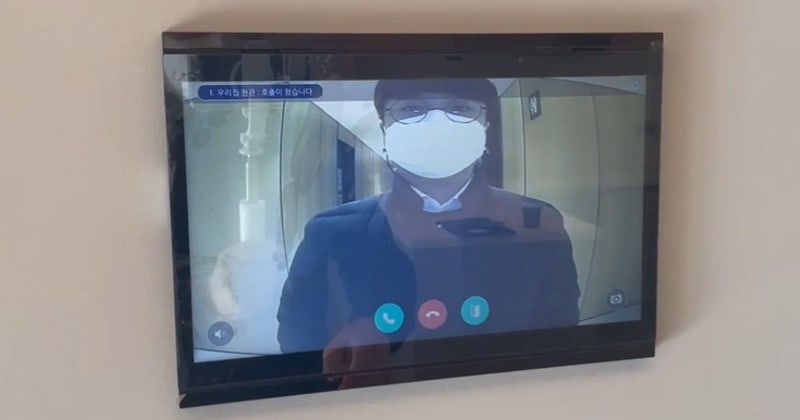We’re all becoming software CIOs — a role Red Hat CIO Jim Palermo knows well
Whether you sell cars, candy, consulting, or construction, software is moving to the center of your business. Your products and services rely on software and data for nearly everything from product development to aftermarket support.

Whether you sell cars, candy, consulting, or construction, software is moving to the center of your business. Your products and services rely on software and data for nearly everything from product development to aftermarket support. So congratulations! You’ve become (or will become) what is, essentially, a software company CIO.
I’ve been writing about how life is different for software company CIOs for years — more specifically, on how they must make clearer distinctions between IT and product engineering than it is now for CIOs in other industries.
In 2014, I interviewed Gerri Martin-Flickinger, then CIO of Adobe, on this topic. “Traditionally, our product engineers have been responsible for any functionality that goes into the product,” she said. “When customers enter Adobe’s Creative Cloud, everything on their screen was developed by the Adobe product engineering team. But when they enter their credit card information to buy the product, it looks like the e-commerce functionality is embedded in the product. But it’s not. It’s actually being delivered by a web service that’s run by IT. We put IT offered services right into the product.”
Martin-Flickinger, who, before Adobe, was CIO of McAfee and VeriSign, became CTO of Starbucks for many years. Clearly, the leadership team at Starbucks had the foresight to hire a software company CIO.
So fast forward nearly a decade, and here we are with even blurrier lines between software engineering and IT, and with an even greater opportunity for all CIOs to take a page from the software CIO’s playbook.
Enter Jim Palermo, who’s been CIO of open source solution provider Red Hat since 2022, and with the company for 14 years before that. These days, like every CIO it seems, Palermo is leading a major transformation. “We know our customer engineering teams want to develop applications in one place and deploy them anywhere, whether on-prem or a public cloud,” he says. “So we recognize we need to support two business models: the traditional subscription-based model and an emerging consumption-based model. In terms of the latter, the ability to operate our software as a service within the hyperscaler platforms will increase our market share.”










